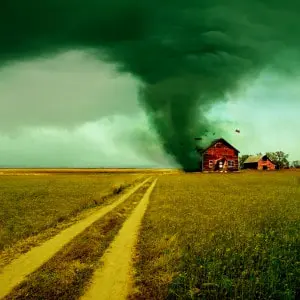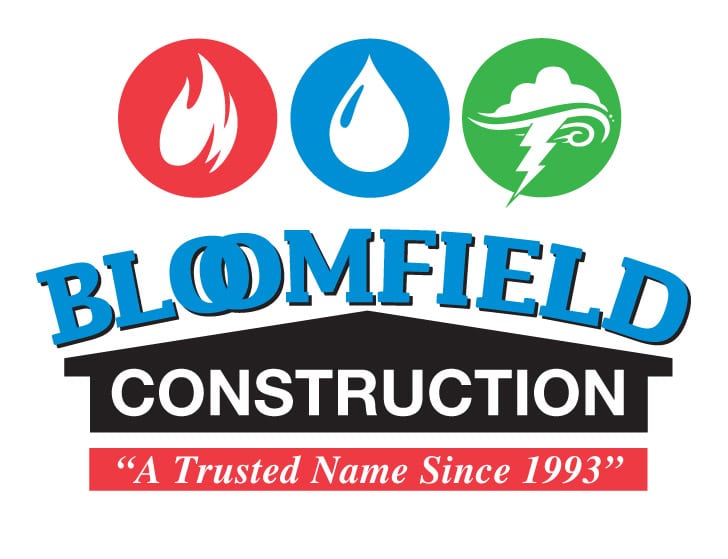 Storms of all sizes can do substantial damage to both the exterior and interior of your home. Having proper storm insurance coverage can lessen the burden of putting your house—and your life—back together in the event of a natural disaster.
Storms of all sizes can do substantial damage to both the exterior and interior of your home. Having proper storm insurance coverage can lessen the burden of putting your house—and your life—back together in the event of a natural disaster.
Is storm insurance its own policy?
Typically, most storms are covered with your homeowners insurance policy. Standard plans normally cover damage from hail, tornados and windstorms, but be sure to understand the extent of your policy before a disaster, rather than after. If you’re shopping for new homeowners insurance, look into plans that cover the types of storms that frequent your area.
Note: Some insurance policies may have higher deductibles for “named storms,” so be sure to check with your agent.
Which storms require additional insurance?
Most homeowners insurance policies do not cover earthquake and flood damage. Check with your current policy limitations before purchasing another, but be aware that an additional policy may be required for these types of natural disasters. Earthquakes and floods can be detrimental to your home. If you live in an area where these events are common, taking on the added expense of a new policy will save you much more than it will cost you.
Top 10 U.S. Earthquake States:
- Alaska
- California
- Hawaii
- Nevada
- Washington
- Idaho
- Wyoming
- Montana
- Utah
- Oregon
Source: U.S. Geological Survey
Is any water damage covered?
Just because your homeowners policy doesn’t cover flood damage doesn’t mean all water damage is uncovered. Most policies cover instances, such as appliances malfunctioning, the roof leaking or a faucets dripping, as long as you were not aware there was an issue before the problem arose. If you were previously aware of a problem, or if you willingly let the damage worsen, your insurance company may state negligence and deny your claim.
As for the “natural disaster” aspect of water damage, most policies only cover rain damage before the rain hits the ground. Once it has fallen, it is then considered to be floodwater. For example, if a storm rips the siding off your house, allowing for rain to get in, any damage done there should be covered by your homeowners insurance policy.
Top 10 U.S. States Most at Risk of Flooding
- Florida
- Louisiana
- California
- New York
- New Jersey
- Virginia
- South Carolina
- North Carolina
- Massachusetts
- Georgia
Source: U.S. News
Filing a storm insurance claim
When disaster strikes, make sure you file your claim right away. Your insurance company may have a set timeframe for how quickly claims must be submitted, so you’ll want to be sure you make it within that time window. If you cannot remain in your home, inform your agent and provide proper contact information for where you can be reached.
Before returning to your home, safely assess the damage or check with local authority to ensure it’s safe to return. Upon your return, maintain your property safely and perform any maintenance possible, within reason, to prevent the damage from worsening.
For natural disasters, your insurance premiums should not increase after filing a claim. Most states consider these incidents an “Act of God,” and don’t see it fit to penalize residents for natural encounters.
If your home has experienced storm damage, Bloomfield Construction is here to help get your life back on track. We’re ranked by Remodeling Magazine as a Top 50 Insurance Restoration Company in America. Put our team of experienced professionals to work at your home. Learn more, or…



